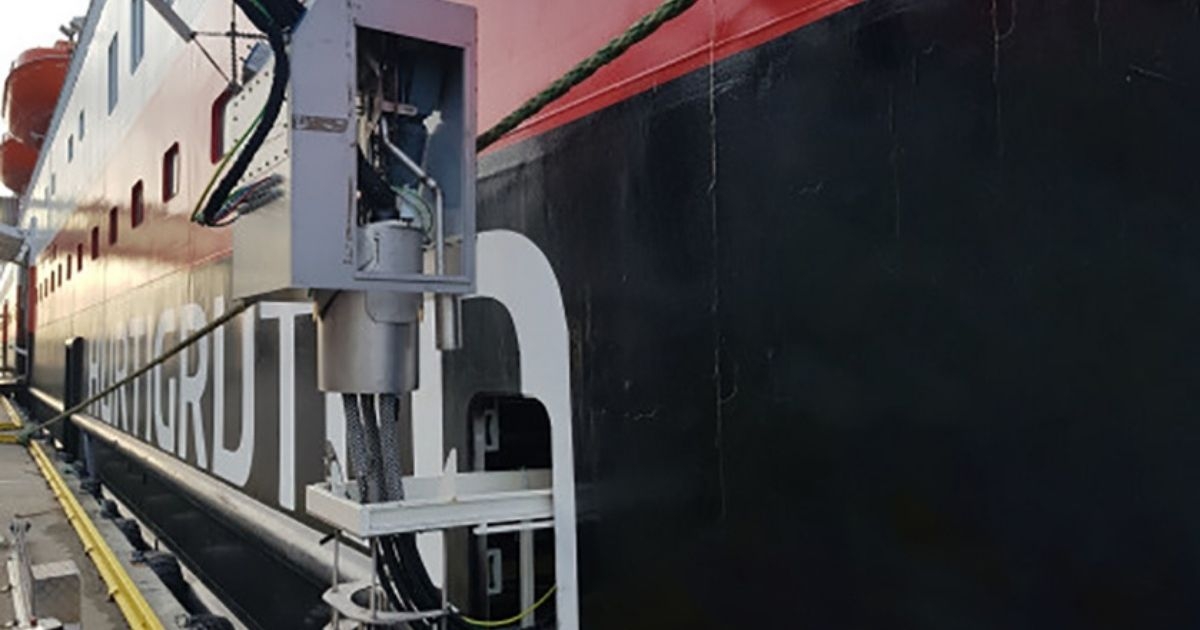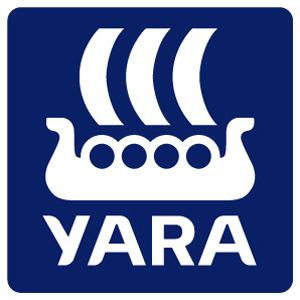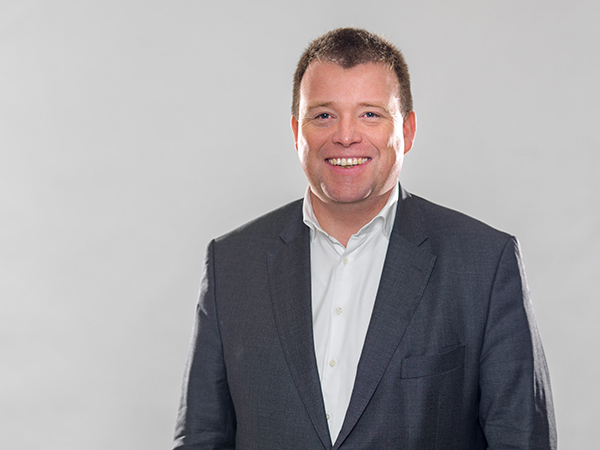Yara Marine Technologies and NG3 Partners to Reduce GHG Emissions from Berthing Ships

“We used to do shore power projects on ships some years ago, but the market was too slow. Now however, with new regulation and grants supporting ship-owner’s shore power investments, we are back in the business of shore power. Together with NG3 we are ready to take on new orders,“ Aleksander Askeland CSO at Yara Marine Technologies says.
 NG3 has been in the business of shore connection systems for the last ten years along with several other technologies for ships, such as automated mooring systems, and gas combustion units for LNG propelled ships.
NG3 has been in the business of shore connection systems for the last ten years along with several other technologies for ships, such as automated mooring systems, and gas combustion units for LNG propelled ships.
“We sought out NG3 due to their proven competence and mindset to constantly develop and improve their technology. They demonstrate a skillset, and a passion for engineering that makes for a great cultural fit with us,” Askeland says.
 Aleksander Askeland, CSO, Yara Marine Technologies
Aleksander Askeland, CSO, Yara Marine Technologies
“We are excited, confident and proud to partner with a large yet agile company like Yara Marine Technologies and look forward to tapping into their expertise, engineering capacity and market relations,” Camille Chevreau, Sales and Operations Manager at NG3 says.
The EU parliament recently called for a ban on greenhouse gas (GHG) emissions from berthing ships at berth by 2030, in their first reading of the MRV regulation.
“This is a major step for the industry. It will cut emissions tremendously. Both GHG emissions, but also local air pollution, like black carbon, SOx and NOx, saving thousands of lives, cleaning up the air in our cities,” Askeland continues.
The ban would include any ships with a gross tonnage of 5000 or more arriving at, within or departing from ports under the jurisdiction of an EU Member State. In all practicalities, no GHG emissions at bay, within less than nine years, means ships connecting to power from shore, and possibly batteries. In addition to the EU Parliament initiative, several ports are already introducing a ban on GHG emissions at bay by 2025. In China, shore power shall be used if a cruise ship is at berth with onshore power supply capacity for more than three hours in the emission control areas.
Yara Marine Technologies keeps broadening its portfolio of green technology for the maritime industry. With a strong focus on the IMO 2030 and 2050 targets, Yara Marine Technologies will invest in several technologies to reduce and eliminate GHG emissions.
“Yara Marine’s ship-to-shore technology can help to save fuel that would otherwise be used to power vessels while in port. According to the Fourth IMO GHG Study, shore power can reduce overall GHG emissions from ships quite a bit. In addition, it will contribute to better air quality in the proximate port area, facilitate maintenance of the ship's engines and generators, and reduce noise from vessel at berth”, Askeland explains.

